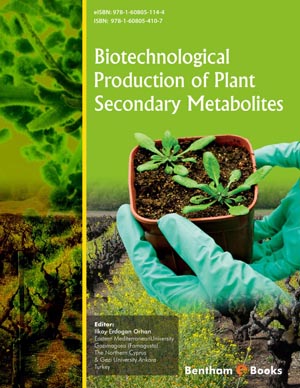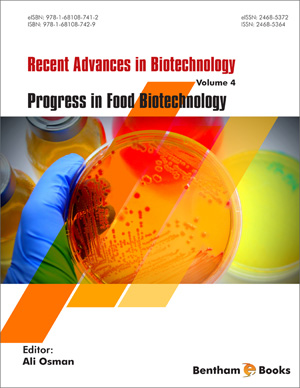Abstract
Processed foods depend on conservation methods to ensure biological stability of the product until consumption. Foods in general are a rich source of nutrients, and therefore may support the proliferation of opportunistic microorganisms. Most of these microorganisms only reduce the nutritional value and sensorial quality of the product; but in some cases, pathogenic contaminants may also grow. Traditional antimicrobial additives are decreasing in use due to some disadvantages related to physicochemical and sensory aspects, such as undesirable interactions with the food matrix, accumulation into consumer organism and even possible allergic reactions. Besides food traditional methods for preservation such as acidification or reduction of water activity, a possible strategy for increasing food shelf life is the use of natural antimicrobial compounds. Nowadays, the great challenge of the food industry is to make better use of these additives ensuring product integrity and, at the same time, generate minimal residual effects, avoiding undesirable physicochemical and sensorial modifications. In this context, there is an increasing preference of antimicrobial compounds from natural sources (microbial, animal or plant) targeting a wide use in the production of technologically advanced foods which, besides high quality and healthy, must be biologically friendly, meeting the demands of 21st century consumers.
Keywords: Additives, Bacteria, Bacteriocin, Biotechnology, Chelators, Microbial Control, Food Industry, Fungi, Legislation, Lysozyme, Membrane, Microbial Control, Nisin, Organic acids, Pediocin, Preservation, Resistance, Spoilage, Stability, Technology, Yeast.

















